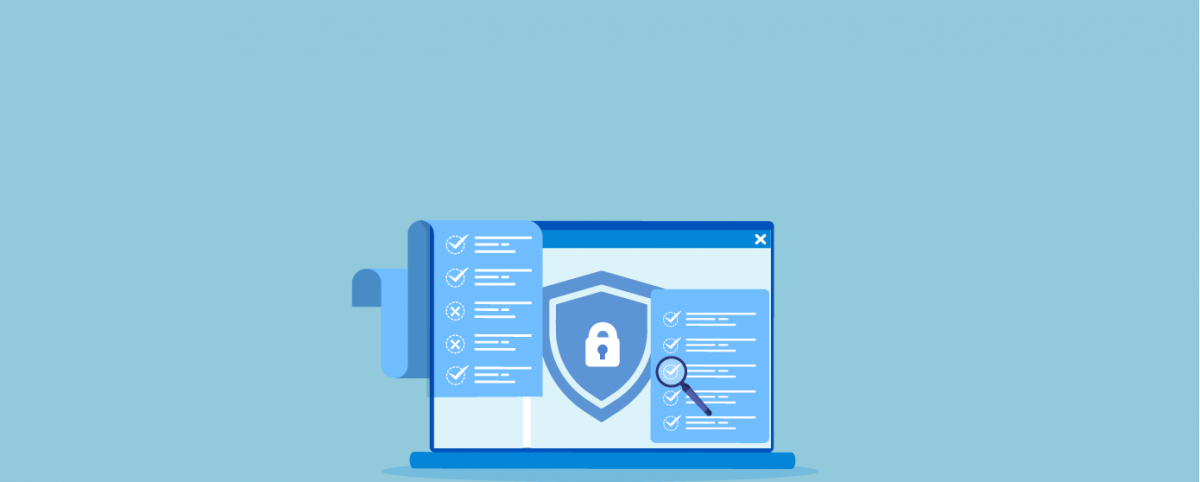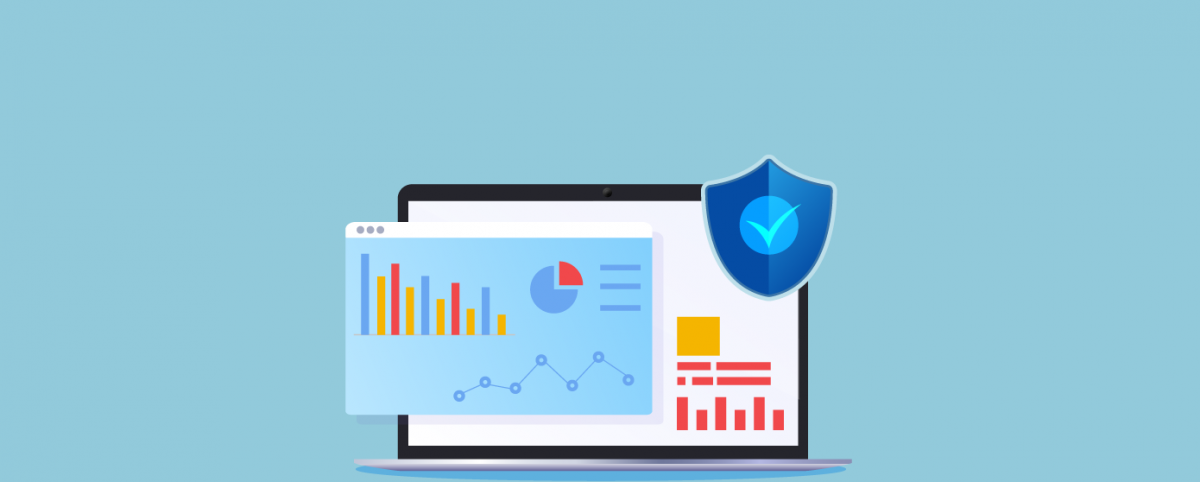10 Ways to Implement AppSec Measures for Your Cloud Ecosystem
There’s no doubt that cloud ecosystems are becoming more and more popular among companies of all sizes. The benefits are clear: increased efficiency, scalability, and flexibility.
However, with this shift comes a new set of application security challenges that need to be addressed. When companies move their operations to the cloud, they entrust their data and systems to a third party. This can create security risks if proper precautions aren’t considered during the transition.
So, how can you be sure your data is safe if stored on someone else’s servers? Can we trust cloud providers to keep your information confidential? You need to have comprehensive cloud appsec measures to mitigate these risks.
What is Cloud Application Security?
Cloud application security is the process of protecting data and systems stored in the cloud. This process involves data encryption, identity and access management, vulnerability management, and incident response plans.
The main benefits of cloud application security measures are:
- Protecting data from unauthorized access or theft
- Preventing malicious software from entering the cloud environment
- Ensuring that data is properly backed up and recoverable in case of a disaster
- Protecting against outages caused by natural disasters or human error
Challenges in Cloud AppSec Measures
As cloud providers offer their customers a wide range of services (including storage, computing power, and applications), they become a very attractive target for hackers.
Also, cloud applications are meant to be accessed by many users from various locations; they are more prone to security breaches than traditional applications.
One of the main challenges in cloud application security is that many organizations don’t understand what cloud security is. The appsec measures are much harder to define and protect in a cloud environment because resources are spread out across multiple servers and locations. Attackers can exploit vulnerabilities more easily because they have multiple entry points into the system. And since cloud providers often manage and operate the systems for their customers, it can be difficult for companies to know who to contact when there’s a security issue.
10 Ways to Implement AppSec Measures for Your Cloud Ecosystem
1. Application Security-As-A-Service
An application SaaS (security-as-a-service) provider can help you secure your cloud-based architecture by providing comprehensive security solutions that fit your specific needs. With security-as-a-service, you can get real-time alerts whenever something goes wrong with their applications or data. You can also access secure backup and disaster recovery services if something bad happens.
2. Don’t Ignore Due Diligence
When choosing a cloud service provider for your company, don’t forget to do your due diligence. This means investigating the vendors thoroughly and ensuring it is the right fit for your company’s needs. You should always vet the service provider for security, privacy, compliance, and risk. The cloud service provider should have a robust security posture, including data encryption, multi-factor authentication, and firewalls.
A good way to start your due diligence process is by reading reviews of the providers. Are people generally happy with it? Are there any major complaints? You can also ask other companies that have already implemented it for their thoughts. This will give you a good idea of what to expect.
3. Manage Access to Cloud Applications & User Behavior
Access Management is the critical security aspect for any organization, whether it’s on-premises or in the cloud.
There are a few ways to manage cloud web apps and user behavior access.
- One way is to use Role-Based Access Control (RBAC), which gives different users different access levels to resources based on their job title or role within the organization.
- Another way is to use Attribute-Based Access Control (ABAC), which allows administrators to specify which attributes (such as age, department, or location) a user must have to access a resource. This can help restrict access to sensitive data or locations.
- A third way is to use the least privilege, which gives users only the minimal amount of access they need to do their jobs. This helps reduce the risk of unauthorized access or misuse of resources.
- Finally, administrators can also monitor user behavior to track who is accessing what resources and when. This can help identify malicious or unauthorized activity and prevent it from happening in the future.
4. Cloud Vulnerability and Penetration Testing
By moving to the cloud, you essentially trust your data and applications to a third party. This leaves them open to a number of possible attacks, such as data breaches, stolen passwords, or deleted files.
Penetration testing is one way to help ensure your company’s safety when using the cloud. This is when a security consultant attempts to break into your company’s systems using various methods (usually hacking techniques). If they are successful, they will report their findings to you and suggest ways to improve your security.
5. Take Advantage of Better Uptime and Redundancy
When choosing a cloud service provider, it’s important to consider how well they can maintain uptime and offer redundancy. Uptime is the percentage of time a service is available, and redundancy is the ability to provide service even if something goes wrong.
Some providers are better than others when it comes to these two factors. Amazon Web Services, for example, is known for its high uptime rates and impressive redundancy measures.
6. Use Automation for Cloud Security
Automation and remediation of cloud application security risks are important for two key reasons.
- First, automation can help you speed-up identifying and mitigating risks in cloud applications. This is critical since the fast pace of business means that you cannot afford to spend a lot of time manually assessing and addressing security risks. Automation can help identify and address these risks quickly before they can cause damage.
- Second, remediation is necessary to ensure that the risk mitigation steps that have been taken are actually effective. By automating both the identification and remediation of risks, you can get the most out of your application security investments.
7. Audit and Optimize AppSec Measures
Cloud security architecture should be constantly audited and optimized to ensure the safety of the company’s data. This involves assessing the current architecture, looking for potential weak points, and implementing security measures to mitigate any risks.
There are a number of ways to audit and optimize your cloud security architecture. One way is to use security assessment tools like Indusface WAS. These tools can help you scan and identify vulnerabilities in your architecture and suggest ways to fix them.
It’s also important to have a clear security policy in place and make sure all employees are aware of it and understand their roles in keeping the data safe. Educating employees about phishing scams and other types of cyberattacks is also critical; many attacks occur because employees aren’t aware of how they can be compromised.
8. Zero-Trust Architecture for Cloud Security
Zero-trust architecture is an important advancement for cloud appsec measures. It allows you to extend your security perimeter to include cloud-based resources without sacrificing performance or introducing extra complexity into the system. With zero-trust architecture, all devices and users are treated as if they are not part of the trusted network until they can be authenticated and authorized.
In addition, it is more difficult for unauthorized users to gain access to resources since they need to be authenticated on every device they use, rather than simply being added to a list of approved devices or users. This makes zero-trust architecture an important tool for protecting sensitive data in cloud-based web application architecture.
9. Ensure Cloud Data Encryption
By encrypting your files, you ensure that only you can access them — even if they were to gain access to your cloud storage account.
This way, even if someone manages to gain access to your account, they won’t be able to view your data without the appropriate key. There are many different encryption algorithms and schemes out there, so when selecting a cloud storage provider, be sure to ask about their encryption policies and practices to ensure that your data will be safe.
10. Employ a Cloud-based WAF
When it comes to cloud application security measures, there are a number of different layers that need to be considered to keep your data safe. One such layer is the cloud-based Web Application Firewall (WAF).
This next-generation WAF is specifically designed to deal with the unique threats posed by cloud environments. It can monitor traffic both in and out of the cloud and identify and block malicious or unauthorized traffic before it can damage.
Next-generation firewalls are designed to protect against modern threats, such as malware, ransomware, and phishing attacks. They use sophisticated behavioral analysis techniques to detect and block malicious traffic, and they can also protect against attacks that exploit vulnerabilities in application protocols and network protocols.
The Conclusion
Many businesses are hesitant to move to the cloud due to security concerns, but you can overcome them with the right planning and guidance. While it’s always important to keep data security in mind when planning a cloud adoption initiative, don’t let it hold you back from making the switch.
If you’re looking for help with data security and compliance for your cloud initiative, our expert team at Indusface can help. We have years of experience in application security, and we can help you ensure that your data is safe and compliant with all relevant regulations.
Stay tuned for more relevant and interesting security articles. Follow Indusface on Facebook, Twitter, and LinkedIn.


 April 14, 2022
April 14, 2022






